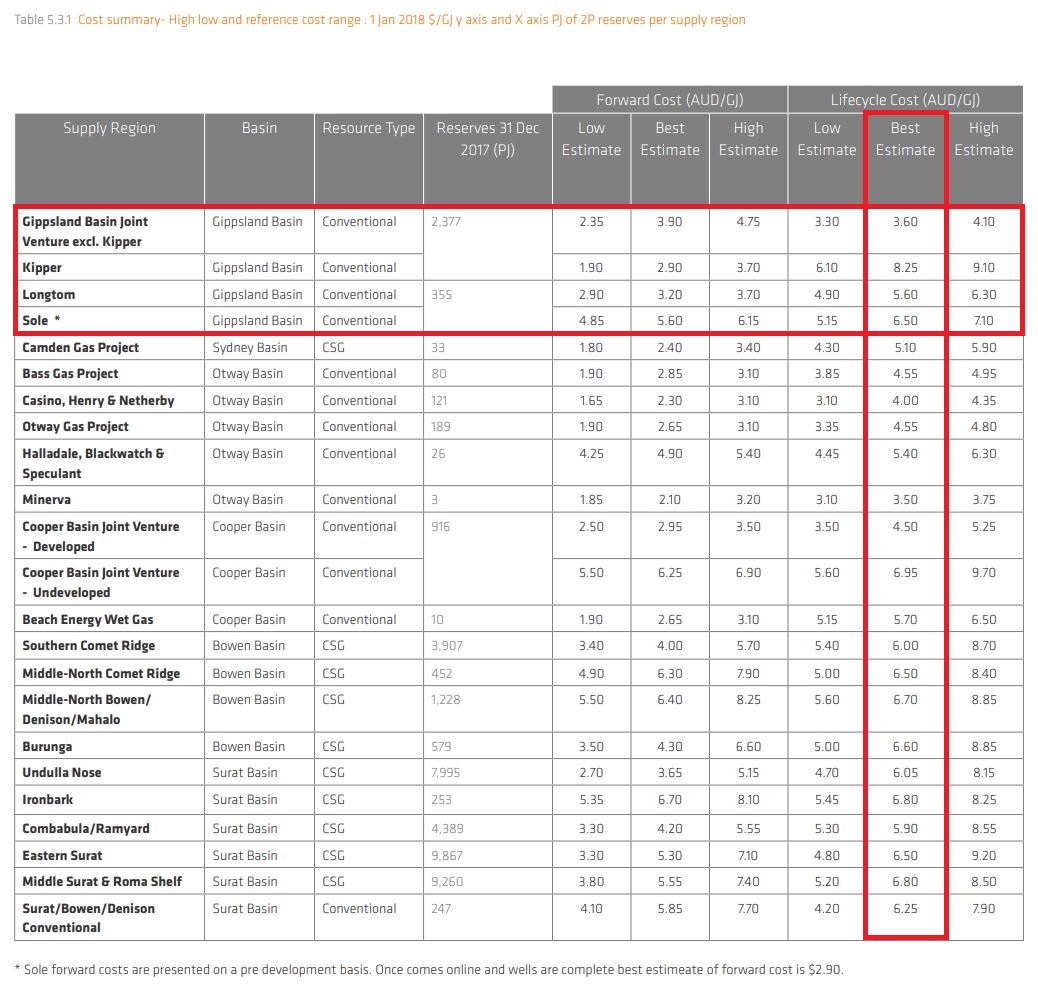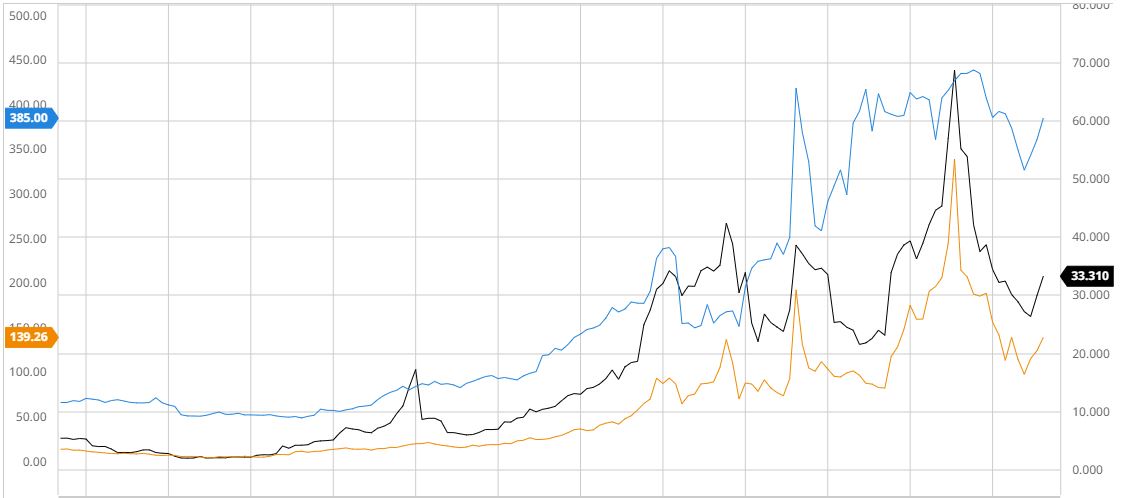The last time Albo’s cowards tried to fix the energy mess, Resources minister Mad King made the problem 400% worse when she gave the miners everything they wanted before disappearing on a junket fully paid by the same where she couldn’t answer questions.
Next up, Treasurer Jim “Chicken” Chalmers was even worse when he produced a budget that forecast a catastrophic energy shock while making no mention of any solution to it.
Now, Chicken Chalmers and Mad King are working together with Bovver Bowen and Ed Husic. But have they done any better?
From the outset, it has been clear that the best solution to the problem is an export levy. Not only does this solution crash local prices of gas and coal, it also captures the war windfall profits for Australians via the budget.
Moreover, it was used very successfully in the 1970s by both the Whitlam and Fraser governments.
But, that solution has been eschewed from the beginning by a government riven by fear of mining blowback after the RSPT debacle 13 years ago.
Instead, Albo’s cowards have opted to aim for lower domestic prices while allowing the miners to bathe in their Ukraine War blood money.
Now that is throwing up all sorts of issues and it is not clear whether they will be fatal to the effort.
There is more cartel drivel, this time from Woodside:
Woodside Energy would withhold new gas investment on Australia’s east coast and the Albanese government will suffer a “black mark” if it proceeds with a controversial intervention aimed at cutting prices in the domestic market.
A price cap of $11-13 per gigajoule has been proposed to tame soaring domestic tariffs but Woodside said the move may see it freeze future investment on the east coast.
“I think we would struggle to see new investments be competitive with those sorts of price levels,” Woodside chief executive Meg O’Neill said in reference to the price caps.
“And that goes for investments within the Bass Strait joint venture as well as things like LNG import facilities. I don’t want to say that that’s not feasible, but the economics become significantly affected with pricing constraints in place.”
The ACCC looked at these breakeven costs in 2018 and they do not stack up against Woodside’s claims:
Even allowing for significant cost inflation since then, all Gippsland Basin reserves deliver a spectacular ROI at $12Gj.
Once the cap is in place, new deals can be struck such that the more expensive gas can be sold overseas for squillions while cheaper gas meets the local capped price. If the reserves are not developed then deploy “use it or lose it” laws.
I suspect this is more about trying to jawbone the Albanese Government to the highest possible gas cap price, to boost what will already be excellent returns, rather than real resistance to the notion.
The more serious roadblocks are coming from state governments:
The NSW government has agreed to a cap on the price of coal, but only if the Commonwealth compensates it for the loss of royalties.
As well as the SA government’s wariness about a cap, it does not want to contribute to an east coast gas reserve, which is under contemplation, when NSW and Victoria refuse to develop their own gas fields.
…Queensland Premier Annastacia Palaszczuk doubled down in her warning to Canberra to “keep your hands off our generators” and then suggested the Commonwealth fund a gas pipeline to export Queensland’s excess gas to southern states.
Let’s fund that pipeline and develop the gas in a public utility. In return for Palaszczuk dropping her spastic protection of public power generator profits to pay for energy subsidies! If the pipeline only delivers cartel gas then it will make no difference to the price.
NSW makes about $2bn in coal royalties set at 6-8%. If it adopted a QLD system it could boost that by 500%. Who’s to blame for lost royalty then? Stop bleating and get with the program.
SA objections are pathetic. It has the highest power price outlook of anybody thanks to its dependence upon gas.
None of these look very serious to me but who knows? These pollies are beyond stupid. The impact on households and businesses from the power shock embedded in futures pricing is much higher for every form of state tax that you care to mention: payrolls, GST, stamp duty, all of it.
European, and North Asian gas and coal prices are beginning to fly again as we move through winter towards restocking season in H1, 2023:
If nothing is done then current Australian electricity futures equate to 3-4% added to the CPI next year.
The RBA will be forced much higher than the domestic economy can handle (we’re already there).
And every economy under every premier will crash into a deep stagflationary recession, gutting their tax take and jackknifing their costs.
Wake up!




